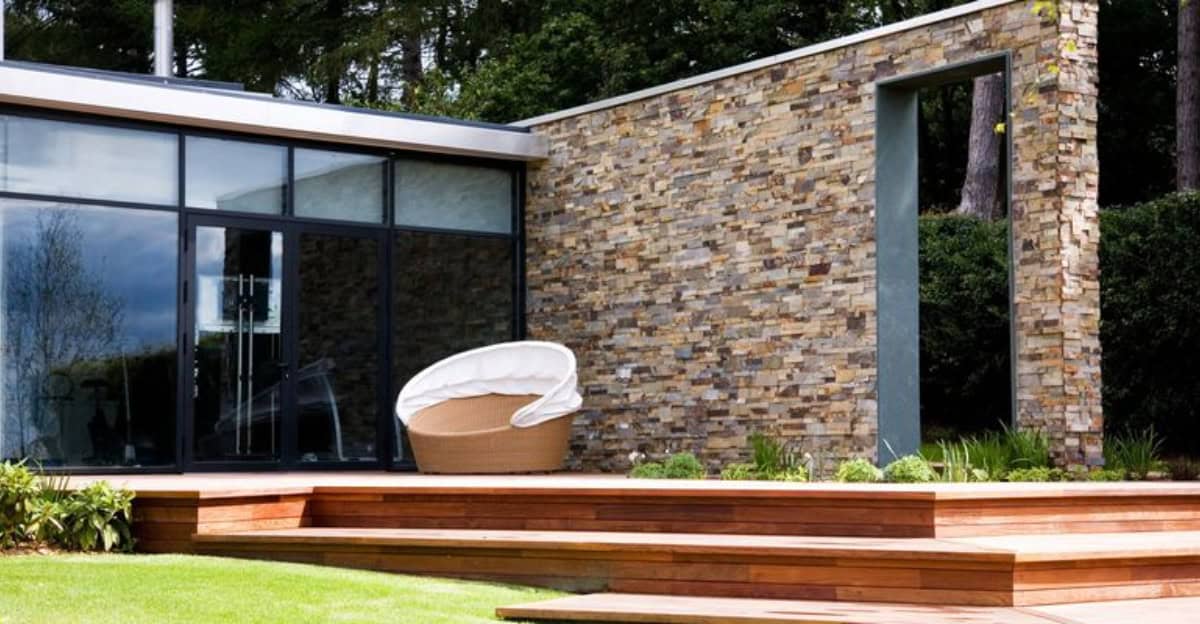Painting your home’s exterior can be a fun and rewarding project, but not all features are meant to be painted.
Some elements of your home’s exterior are best left in their natural state to preserve their beauty and functionality.
Whether it’s due to the material’s natural durability or its aesthetic appeal, these items should remain untouched by a paintbrush.
1. Natural Stone
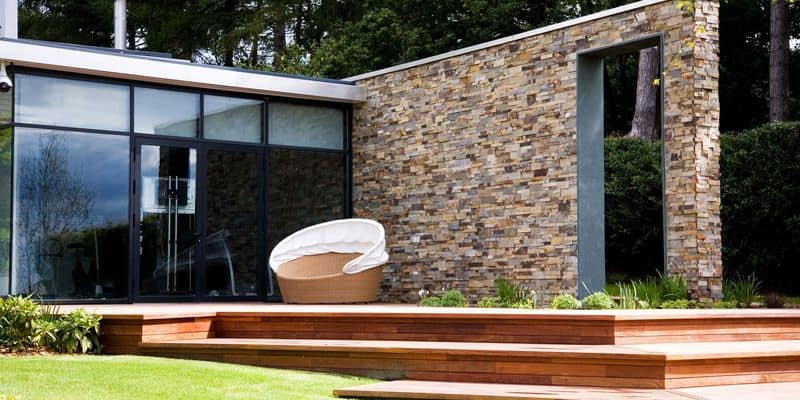
Natural stone exteriors are renowned for their timeless elegance and durability. Painting over stone can lead to moisture being trapped, which damages the stone over time.
Instead, embrace the unique textures and colors each stone offers.
Picture a sunlit morning where every stone tells a different story through its color and texture. By not painting, you’re preserving a beautiful narrative etched by nature itself.
The natural variations in color and texture can add depth and interest to your home’s appearance.
Remember, preserving the stone’s raw beauty is not just about aesthetics; it’s also about maintaining structural integrity.
2. Red Brick
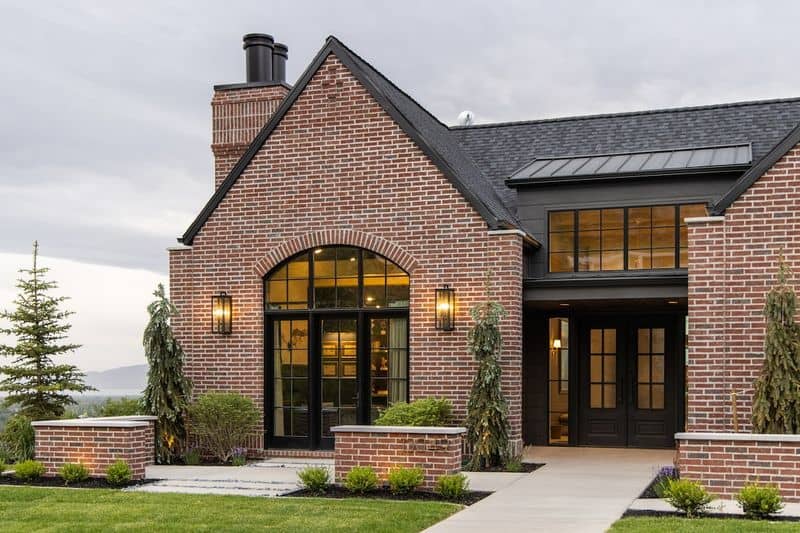
Red brick homes have long been cherished for their classic charm and low maintenance. Painting these bricks can seal in moisture, leading to chipping and deterioration.
The natural color of red brick offers a warm and inviting feel that can’t be genuinely replicated with paint.
Imagine a cozy evening, the brick walls exuding warmth as they catch the last rays of sunset. By allowing the bricks to breathe, you ensure they remain in good condition for years to come.
Instead of painting, consider power washing or using a brick sealant to enhance its beauty without compromising its integrity.
3. Cedar Shingles
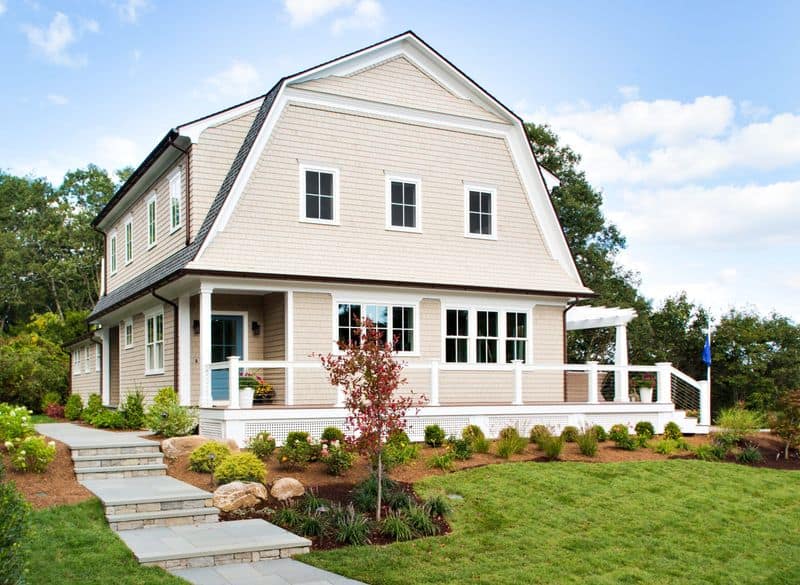
Cedar shingles naturally resist decay and insects, making them a popular choice in various climates. Painting them can restrict their natural ability to breathe, leading to potential rot.
The wood’s ability to age gracefully adds a unique charm to the home.
Visualize a cozy cottage nestled among towering trees, its cedar shingles blending seamlessly with the natural surroundings. This aging process provides character and depth that no artificial color can match.
By allowing cedar to age naturally, you’re not just maintaining its beauty but also its functional longevity.
4. Copper Gutters
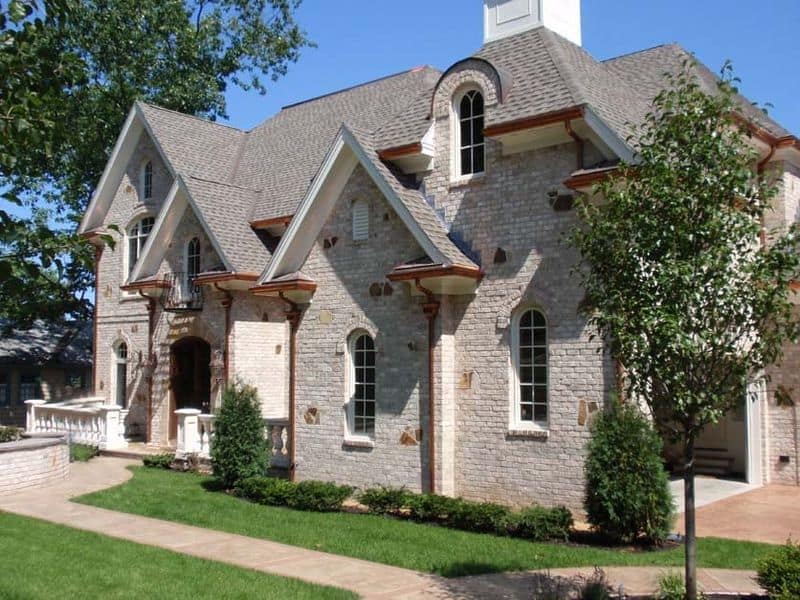
Copper gutters are not just functional; they add a touch of elegance with their natural patina. Painting over copper can cause issues with expansion and contraction, leading to cracks.
The patina, a greenish layer that forms over time, protects the copper underneath.
Envision a classic Victorian home, its copper gutters glistening like jewelry against the backdrop of ornate woodwork. As the patina develops, it enhances the architectural beauty rather than detracting from it.
Avoid painting and embrace the natural aging process to keep your gutters both attractive and operational.
5. Treated Wood Decks
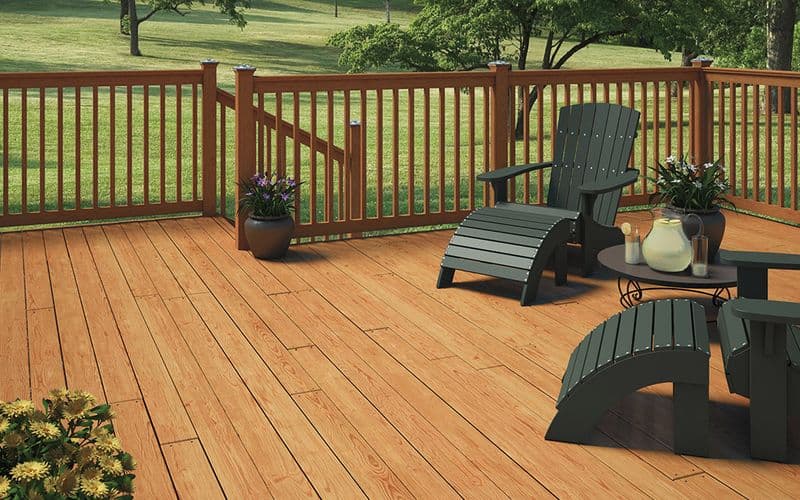
Treated wood decks are designed to withstand the elements without the need for paint. Applying paint can trap moisture, causing the wood to warp or rot.
Instead, consider staining, which allows the wood to breathe while enhancing its natural grain.
Picture a summer afternoon, lounging on a deck that feels like a seamless extension of nature, every plank telling its own story.
The subtle hues and textures of treated wood can be highlighted with the right stain.
Staining not only preserves the deck but also brings out its inherent beauty, creating an inviting outdoor space.
6. Clay Roof Tiles
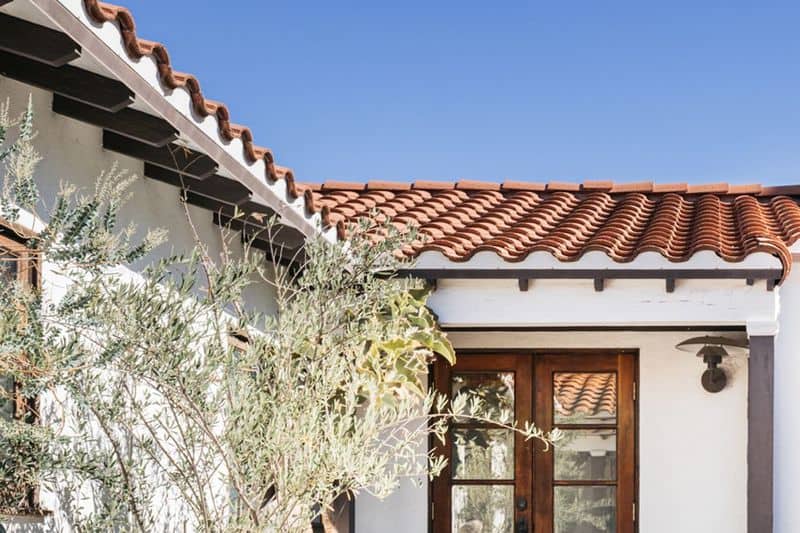
Clay roof tiles are prized for their durability and natural insulation properties. Painting these can lead to moisture issues and diminish their ability to keep homes cool.
The earthen tones of clay tiles complement many architectural styles, offering a rustic yet refined appearance.
Imagine a Mediterranean villa where the sun casts playful shadows across the clay roof, highlighting its timeless appeal. Painting would only cover up these natural characteristics.
By keeping the tiles unpainted, you maintain their functionality and classic beauty, ensuring they last for decades.
7. Galvanized Steel

Galvanized steel is coated with zinc to prevent rusting, and painting it can interfere with this protective layer.
The silvery sheen of galvanized steel offers a modern, industrial look that pairs well with minimalist designs.
Picture the sun setting behind a sleek, contemporary home, the steel reflecting warm hues of orange and pink.
By embracing its natural finish, you maintain its rust-resistant properties while enjoying its aesthetic appeal.
Avoid painting and let the material’s inherent quality shine through, contributing to a sleek and sustainable home design.
8. Aluminum Siding
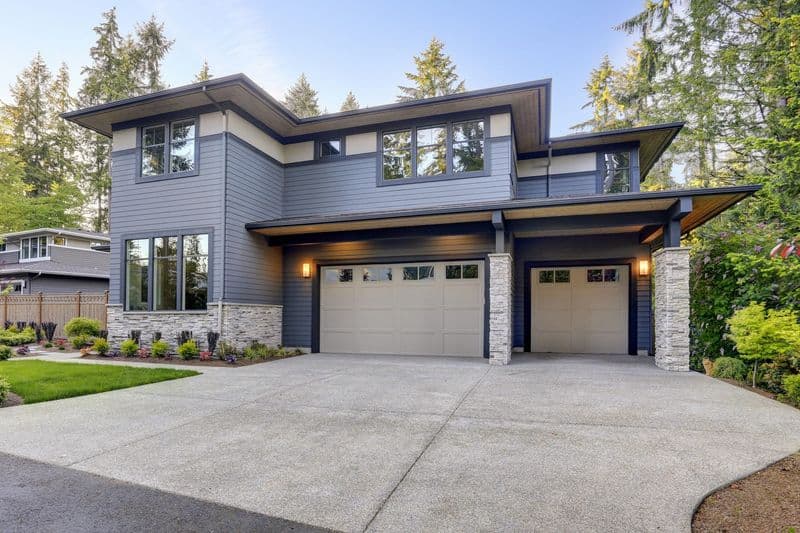
Aluminum siding is celebrated for its resilience and low maintenance needs. Painting over it can lead to peeling and requires frequent upkeep.
he material’s natural finish is resistant to fading and can withstand harsh weather conditions.
Imagine raindrops dancing off the sleek surface of aluminum siding, creating a symphony of nature and modernity.
Embracing its innate finish reduces the need for constant maintenance, keeping your home looking fresh.
By not painting, you let the siding’s durability and sleek profile speak for itself, offering a blend of practicality and modern style.

